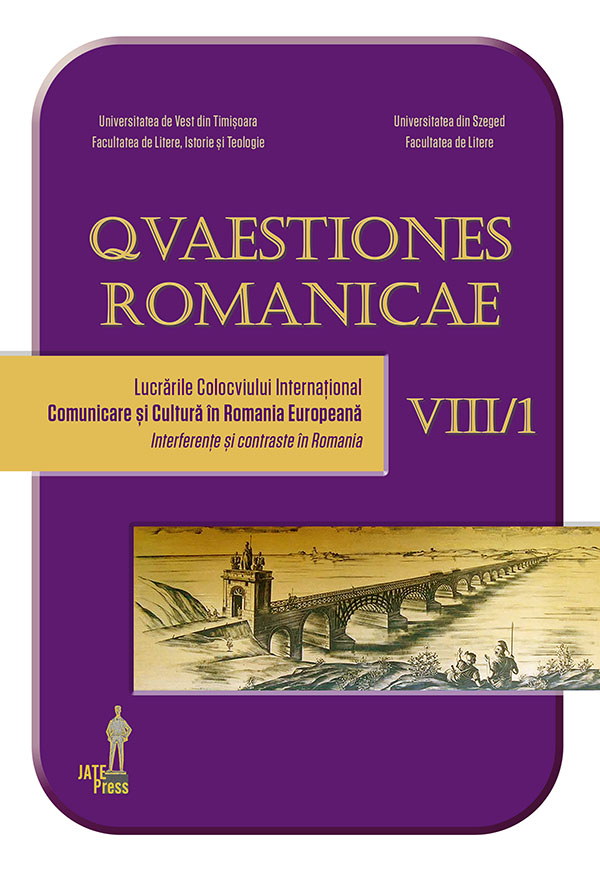Romanicul rural în Țara Hațegului. nterferențe și contraste în discursul istoriografic modern
Abstract: (The Rural Romanesque Styles: Overlaps and Contrasts) The present research seeks to bring some new theoretical perspectives about the historiography and the relationships between international and local features of the rural Romanesque art in Transylvania (like those between the frescoes painted in the Romanian monuments from the 13th-15th centuries and mural cycles painted in the churches of Central, Western, and North-Eastern Europe in the 12th-13th centuries). A working hypothesis was that some mobile teams of craftsmen from Lombardy, who moved to Europe to the North and East, would have been engage in Transylvania. In the case of the churches in Hațeg, for example, this contribution has not been yet demonstrated on the basis of documents. However, the frescoes which still exist today help the art historians and the archaeologists to formulate very interesting hypotheses, in contrast or in relation to European phenomenon of rural Romanesque art.
Keywords: Rural Romanesque style, Transylvania, historiography, overlap, contrast, context.
Rezumat: Cercetarea de față caută să aducă unele noi perspective teoretice asupra istoriografiei moderne de artă și asupra raporturilor dintre trăsăturile locale şi internaţionale ale romanicului rural în Transilvania (cum ar fi cele dintre frescele pictate în monumentele românești din secolele XIII-XV şi ciclurile murale asemănătoare, din secolele XII-XIII, existente în basilicile din centrul, vestul și nord-estul Europei). O ipoteză de lucru a fost că echipe mobile de meșteri din Lombardia, care au circulat în Europa de nord și est, ar fi fost angajate în Transilvania. În cazul bisericilor din Hațeg, spre exemplu, această contribuție nu a fost încă demonstrată pe bază de documente. Totuși, frescele care încă există astăzi îi ajută pe istoricii de artă și pe arheologi să formuleze ipoteze interesante, în contrast sau în relație cu fenomenul european al artei rurale romanice.
Cuvinte-cheie: romanicul rural, Transilvania, istoriografie, interferență, contrast, context.
